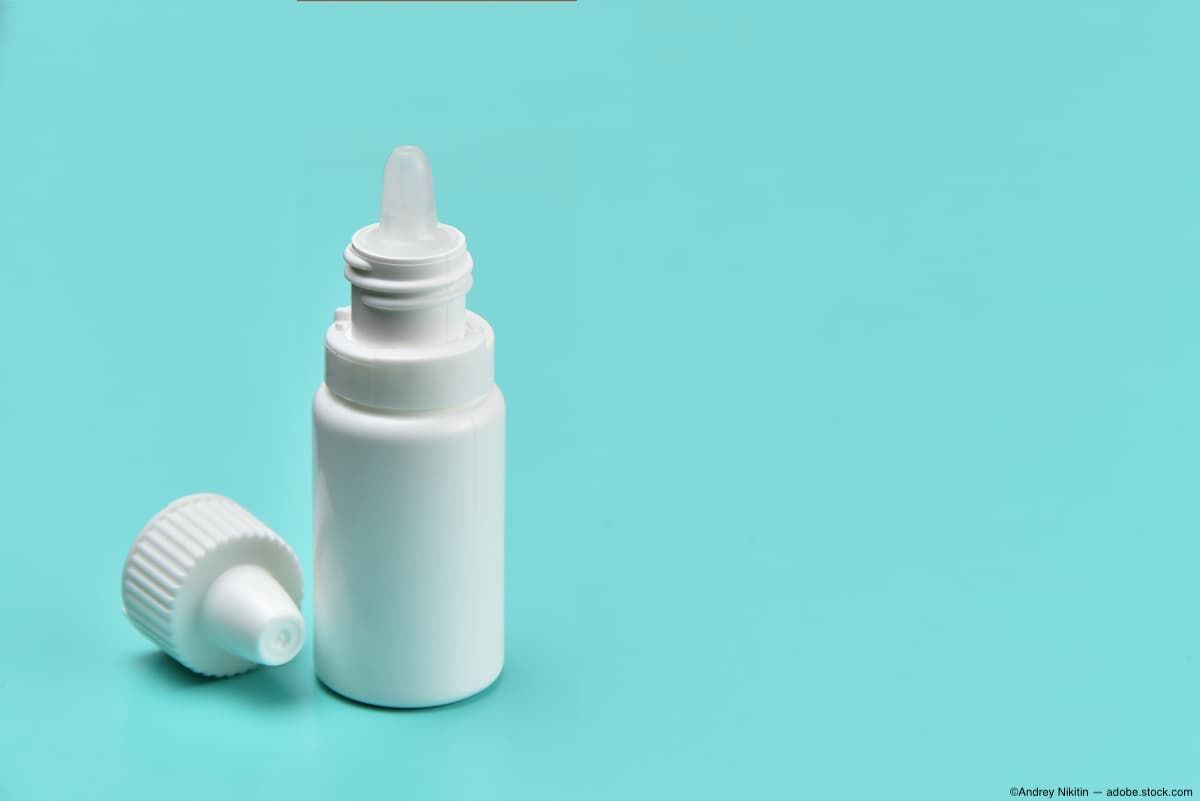Topical drop treatment for full-thickness macular hole closure
Wang and colleagues conducted a retrospective case series patients with full-thickness macular holes.
(Image credit: AdobeStock/Andrey Nikitin)

A newly reported study, led by first author Jessie Wang, MD, found that topical therapy resulted in closure of full-thickness macular holes in more than a third of patients; higher efficacy was seen in patients with smaller holes and in those without vitreomacular traction (VMT).1 Wang, from the Department of Ophthalmology and Visual Science, University of Chicago Medical Center, Chicago, noted that this is the first study of the overall efficacy and clinical characteristics of successful macular hole closure using topical therapy.
Wang and colleagues conducted a retrospective case series patients with full-thickness macular holes. One retina specialist had managed all the patients who were treated from 2017 to 2022.
The results showed that of the 168 patients identified, 71 had been treated with a steroid, carbonic anhydrase inhibitor, and nonsteroidal anti-inflammatory drops. The investigators included 49 of these patients in the analysis, while 22 were not included because of poor follow-up.
The participants were 59% female with a mean age of 67 years. The macular holes in 7 patients were secondary to pars plana vitrectomy (PPV) and 42 holes were idiopathic.
Wang and colleagues reported, “Eighteen of 49 eyes (36.7%) achieved closure on topical therapy, of which 13 eyes were idiopathic.”
They found that the size of the hole was correlated directly with the odds of hole closure, that is, for every 10-μm decrease in size the odds of closure increased by 1.2 times (p = 0.001, confidence interval [CI], 1.1–1.4). The average time to closure of the holes was 107.2 days (range, 20–512 days), which was not correlated with the size of the hole (p = 0.217, CI, -0.478 to +1.938).
VMT was inversely related to successful closure of the holes (odds ratio, 6.1, p = 0.029; CI 1.2–31.3).
No significant differences were seen in the final best-corrected visual acuity between eyes that were treated with a primary PPV and those who were using drops before PPV (p = 0.318, CI −0.094 to +0.112).
In addition to the overall macular hole closure rate of 36.7% achieved with topical therapy, higher efficacy was achieved in patients with smaller holes and no VMT. They also noted that the rates of macular hole narrowing and reduction in the central foveal thickness were predictors of the efficacy of drop therapy.
Reference
Wang J, Rodriguez SH, Xiao J, et al. Full-thickness macular hole closure with topical medical therapy. Retina. 2024;44:392-399;doi:10.1097/IAE.0000000000003988
Newsletter
Keep your retina practice on the forefront—subscribe for expert analysis and emerging trends in retinal disease management.